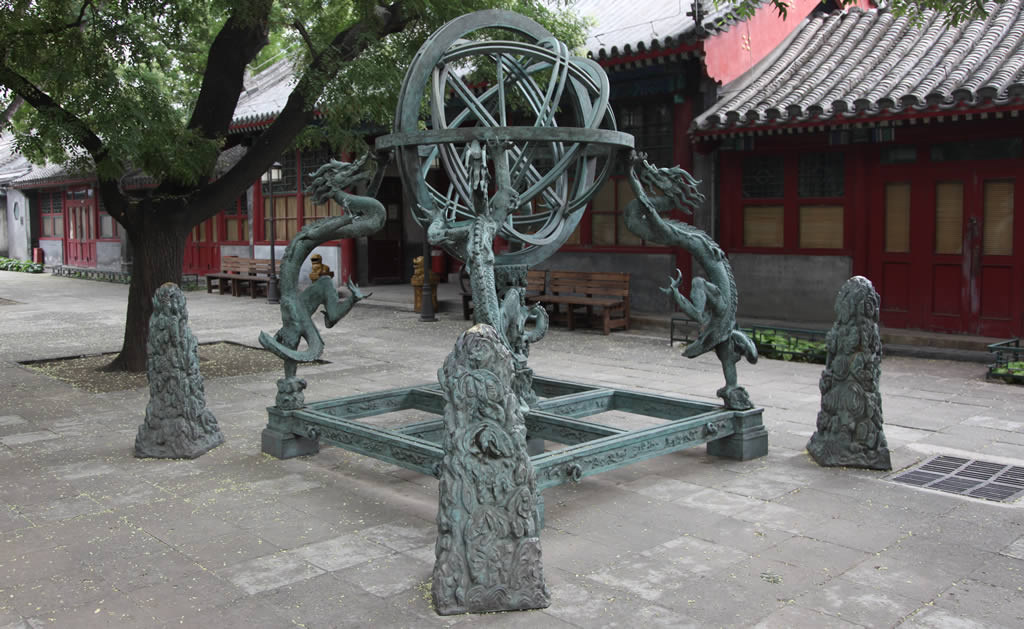
Jingdong Grand Canyon (also known as Wulongtan Grand Canyon), located about 53 miles from downtown Beijing, spans about 607 hectares. Surrounding it is the Jingtai Mountain Scenic Area, a great place for walkers, hikers and rock climbers due to its mix of landscapes which vary hugely between mountains, valleys, hills, streams, rivers, caves and waterfalls. In addition to all this, the canyon is populated by many square kilometres of pine trees. Holiday Village, Wulong Pond, the Plank Roads, the Sino-Japanese War monument, Tongtian Gorge and Longmen Lake are all must-sees for the day-tripper.

Beijing Zoo is China‘s oldest, housing about 5000 animals which represent about 450 international and Chinese species. Many of these are endangered and very rare. Elephants, pandas, American bison, golden monkeys, zebras, milu deer, kangaroos, north east tigers, polar bears and giraffes are just some of the foreign and native animals that occupy a range of 16 different habitats. The habitat which draws the most visitors is the 1 hectare Panda Hall, which provides a natural environment for its occupants while also being very attractive for visitors to observe, as it resembles a classic Chinese style garden and is designed in the shape of a Tai Chi diagram.
China is a fascinating country to visit. It would take a lifetime to see all there is to see. It is now a very friendly and welcoming country and they have built really high class hotels which, by European or USA standards are relatively cheap.
Click Here for Hotels & Accommodation in Beijing

The Ancient Observatory, which dates from the mid 15th century (Ming Dynasty), is one of the world’s most significant ancient buildings, about a quarter of an acre in size. It is adjacent to the Jianguomen Bridge in Beijing and initially called the Platform of Star-Watching when built. However, this was changed to Observatory when the Qing Dynasty came to power in the early 17th century. When the 1911 revolution ended, it was renamed the Central Observatory. It was restored in the early 80s and is now the Beijing Ancient Astronomical Instruments Display Hall, a sister establishment of the Beijing Observatory.

For almost a century during the reign of the Yuan Dynasty (13th and 14th centuries), China’s citizens honoured Confucius at Beijing’s Temple of Confucius. A memorial ceremony was regularly held in Dacheng Hall, the temple’s main section. At almost five and a half acres, it is one of the biggest temples built in honour of the man who is considered to be a legendary teacher and philosopher by modern Chinese people.

Opened to the masses in the mid 50s, Ritan Park is located in the Chaoyang District of Beijing, just over 6 miles from the city centre. Spanning just over 2,219,518 square feet, it is one of the city’s five locally famous altars. It was the place of sacrifice in honour of the sun by the emperor from the late 14th to early 20th centuries (Ming and Qing Dynasties). As one would imagine in a park of its antiquity, it was home to many ancient structures, which were rebuilt and restored in the early 50s. As the years pass, more and more sections of the park are being opened to the public and it now offers a kids’ playground and angling area, in addition to hosting concerts and flower shows. Its initiative which encourages people to have respect for and adopt the park’s venerable trees has proved to be very popular.




